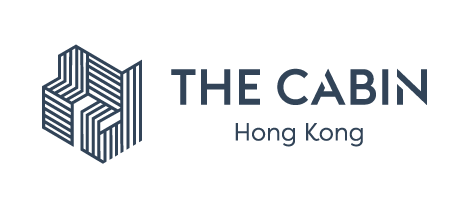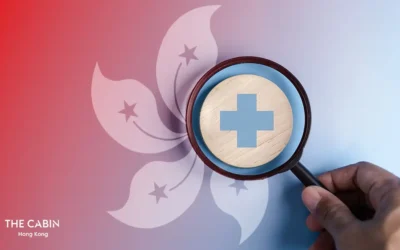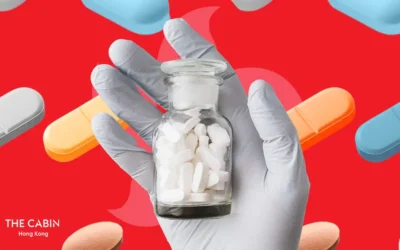As opium cultivation in Asia continues to increase addiction figures, there is a dire need for addicts to be treated as patients instead of criminals – and treatment to be more readily available.

Opium cultivation continues to rise in the 21st century, particularly in Myanmar, despite aggressive efforts to wipe out the crop. The increased demand for opium in the region can be attributed to widespread heroin addiction throughout Asia, especially in China. But are harsh penalties and less lucrative crop substitution programmes the answer to ASEAN’s vision of a drug-free Southeast Asia by 2015?
As more and more people become addicted to heroin, the demand for opium – heroin’s main ingredient – will continue to increase. As with any industry, increased demand means increased production. In order to eradicate the growth of opium poppy in the region demand must decrease, and one of the chief ways to achieve this is through treatment and rehabilitation of drug users.
Nations that fuel the demand for opium poppy have a history of ineffective and inhumane drug treatment options. The lack of effective treatment options influences the resurgence of opium cultivation and trade.
Forced labour with no compensation, harsh working conditions and lengthy sentences, even for those who enter treatment voluntarily, comprise many treatment centres’ treatment method throughout Southeast Asia and China. Abuses suffered by drug users within “treatment centres” in Vietnam have been documented by a Human Rights Watch report. These centres are growing in number, although relapse rates are thought to be close to 100% and there is no evidence that a detention centre approach to addiction treatment is effective.
Along with ineffective treatment centres, the region has historically turned a blind eye toward drug addicts rather than treating them. In a short interview with a Thai man about his perception of addiction and treatment resources in Thailand it was obvious that the subject is still taboo. He stated, “I’m not sure; I think there are hotlines, and sometimes people go to the temples to get help. Mostly people don’t talk about it.”
What does effective treatment look like? And how could implementing more effective treatment centres in Southeast Asia help solve the problem of increased drug cultivation and manufacturing in the region?
Effective addiction treatment views addicts as sick persons, not criminals, suffering from a medically recognised disease, not a lack of moral conscience. In order for treatment to be effective it must be readily accessible, but not necessarily voluntary. It addresses not only behavioural goals such as abstinence, but also looks at underlying psychological and social problems that may exist.
Detoxification is only the first step to recovery, and effective treatment extends far beyond detoxification. In an effective treatment centre, treatment is provided by trained professionals and includes individual and group therapy tailored to meet the needs of individuals. Drug use is monitored to encourage abstinence, and people learn coping skills that they can use beyond treatment to foster long-term recovery.
By treating addicts humanly, sensitively, and with effective guiding principles, their chances of becoming contributing members of society and abstaining from drug use increase substantially. With fewer addicts on the streets, demand for products such as opium poppy will decrease. The education and resources required to implement addiction awareness and treatment could be a sustainable option to improving Southeast Asia’s quest to become drug-free.
The Cabin provides world-class addiction treatment in Chiang Mai, Thailand. The methods used are culturally sensitive and highly effective.


